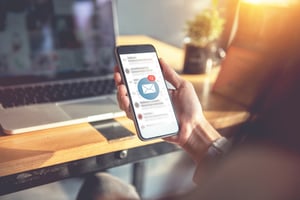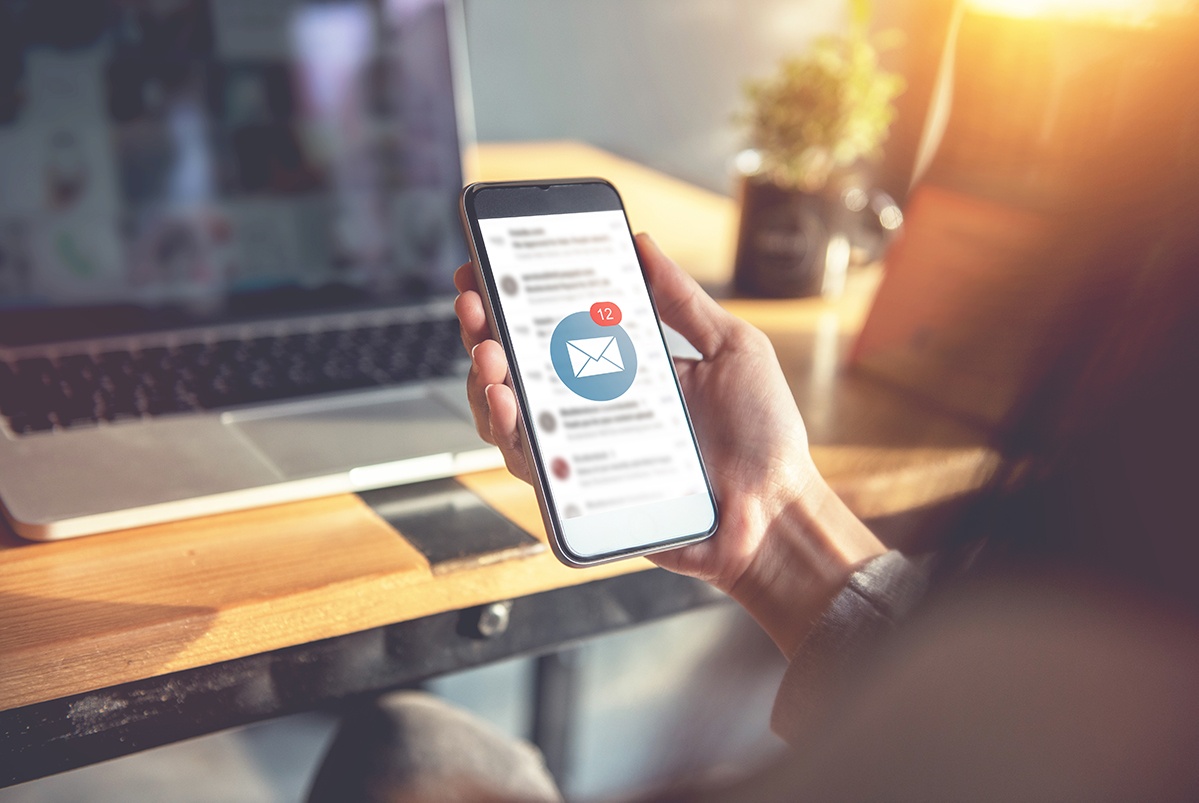Despite email having a dated connotation, it is an extremely relevant and powerful marketing tool. It’s unique because it can be personalized and customized unlike other forms of marketing.
Before you start thinking about the performance of your email copy or CTAs, it’s good to consider how they end up in your audience’s inbox and what they look like when they get there. After all, no one will click through to your landing page if they don’t even receive and open the email!
We’ve compiled some best practices that ensure you are delivering effective emails to your audience.
 Email Marketing Tips
Email Marketing Tips
Email has been around for a long time because it works. It can help form a relationship between your organization and your subscribers. However, email marketing only works when your email hits their inbox, and if they open your email. Let's talk about how you can achieve those crucial first steps.
Deliverability
Email deliverability determines how successful your email is at getting into your audience’s inbox.
Just because you hit send doesn’t mean that your email will automatically pop in your recipient’s inbox. Your past email performance affects the deliverability of your future emails. There are factors within your control and beyond your control that determine if your email will be delivered.
Here’s what you can control:
- Send emails only to those who opted-in
If you purchase email lists and use that as your initial audience, you are risking the chance of having the recipients mark you as spam. Being marked as spam will negatively affect your future email performance.
- Set clear expectations with subscribers
When someone subscribes to your emails, let them know how often and what kind of content you will be sending them. If not, you can potentially face a lot of unsubscribes!
Here’s what you can’t control:
- The deliverability of your recipient
If your recipient’s email deliverability is bad, it can affect their incoming email. Your email can end up in your recipient’s spam/bulk folder based on their past behaviors! This is out of your control but is something you should take into consideration.
Focusing on your deliverability and following best practices will allow you to get into more inboxes.
Segmentation
Have you ever received an email that had no relevant content to you? Sending mass emails to everyone in your database can be damaging to the relationship you are trying to build with your contacts because it’s cold and impersonal.
While some people go out of their way to mark irrelevant emails as spam or unsubscribe to them, others delete or never open them. With the latter situation, your subscribers will slowly stop viewing you as a credible source and will eventually unsubscribe.
So how do you prevent all this? Through segmenting your database so that you can provide the right content at the right time for your audience.
Segmentation is the division of the contacts in your database based on shared behaviors and characteristics.
For example, a nonprofit could separate its contacts into lists based on donors, volunteers, and subscribers. By doing this, each list will only receive emails relevant to them. Segmentation is crucial because 56% of users unsubscribe to emails because the content is not relevant to them.
When you divide your contacts into lists, you are setting your organization up for increased engagement. You can segment your contacts based on target persona characteristics or on actions they have done (submitted volunteer form, donated, etc.)
Emails that new supporters receive will be different from those that recurring supports get. Take into consideration how long your contacts have been involved with your organization when segmenting.
Personalization
One of the best ways to make your emails feel human-like and personal is to personalize them! Personalization creates an individualized experience for your users and is shown to increase email engagement significantly. In fact, emails with a personalized subject line are 26% more likely to be opened.
You can add your subscribers name, last name, or even city to help the email feel like it’s tailored just for them. Just because an email is sent to a large group of people, that doesn’t mean it has to read like it. Personalization can help your emails feel like a 1-on-1 conversation.
Another way to add a personal touch is to use an appropriate sender’s email address. If you send emails from a “noreply” account it seems impersonal. Be sure to use a professional, company email address and to avoid using an address from a free webmail account service.
Deliverability, segmentation, and personalization are all critical factors in having an effective email marketing strategy. They are so important that you must take them into consideration before you even think about what’s inside of your email! Ensure that you are delivering the most relevant emails by following these best practices.
To make sure that you are sending out effective workflow emails, download our free slide deck guide that covers email best practices!

